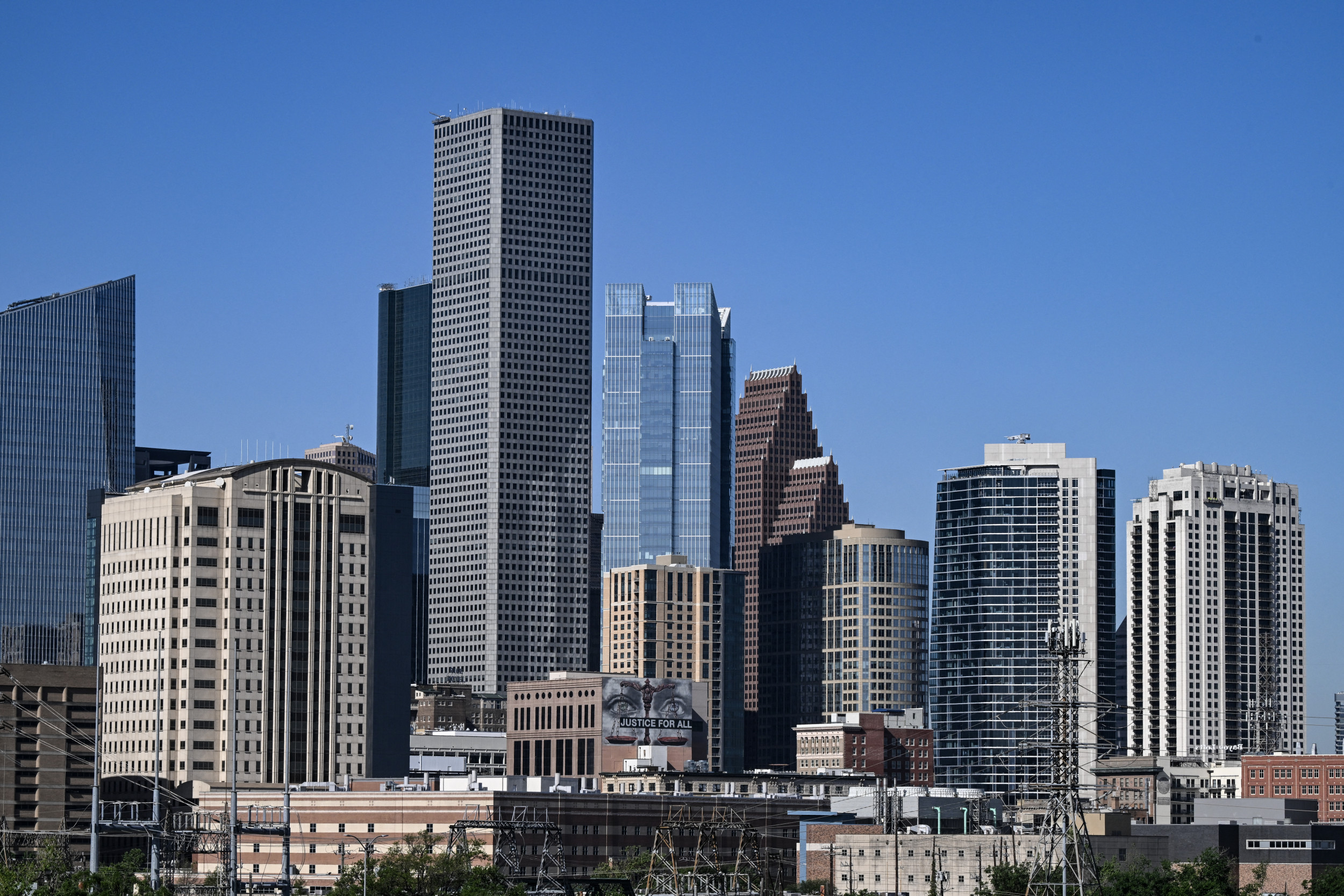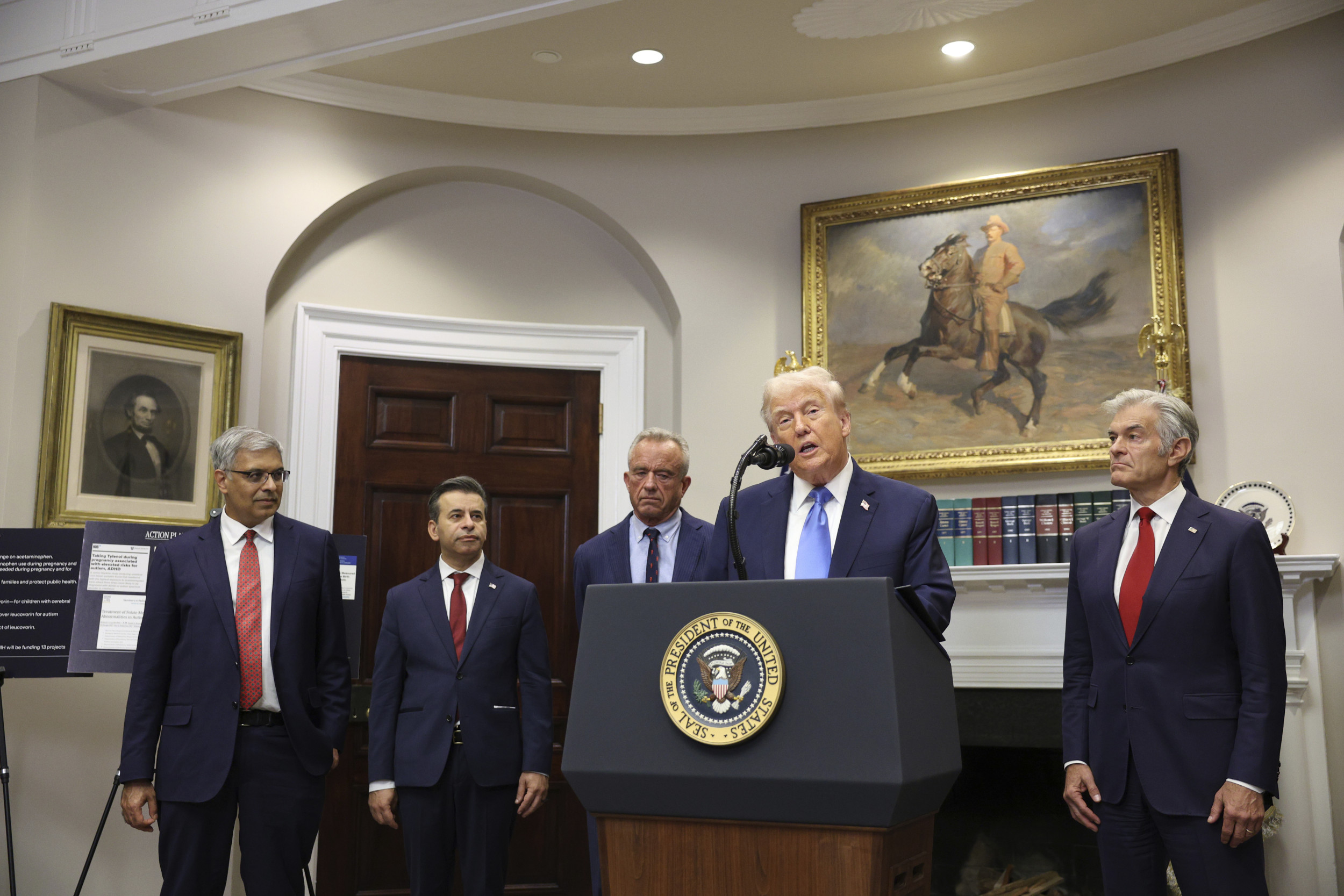
Residents in the Houston, Galveston, and Brazoria areas are being asked to change their daily routines to help curb air pollution, following an Ozone Action Day declaration for Wednesday, April 9, by the Texas Commission on Environmental Quality (TCEQ).
The alert, relayed by the National Weather Service, warns that weather conditions are conducive to producing high levels of ozone pollution, prompting officials to advise millions to take specific measures that can reduce emissions—including avoiding drive-thru lanes.
Why It Matters
The U.S. Environmental Protection Agency (EPA) notes that even short-term exposure to elevated ozone can lead to breathing difficulties, lung inflammation, and worsening of conditions such as asthma.
Houston ranks among the most ozone-polluted cities in the nation.
The EPA considers an Air Quality Index (AQI) value above 100 to be unhealthy for sensitive populations. Forecasts for Wednesday show ozone levels in the Houston area approaching or exceeding that threshold, triggering the alert and a push for voluntary pollution-reducing behaviors.
What To Know
To help reduce ozone formation, residents are encouraged to avoid idling in drive-thru lanes, and instead consider alternatives like sharing a ride or walking in. Other suggested actions include, biking, packing lunch to avoid mid-day driving, conserving electricity, and ensuring vehicles are properly maintained.
The declaration of an Ozone Action Day doesn’t mandate behavioral changes but recommends them.
The TCEQ’s “Take Care of Texas” initiative outlines simple actions residents can take to help keep air clean, including avoiding idling in vehicles where possible, preventing standby power usage, keeping vehicles serviced, and finding ways to drive less.
Ground-level ozone forms when pollutants from cars, power plants and industrial facilities react in sunlight. It can aggravate respiratory conditions and is especially dangerous for children, the elderly, and people with lung diseases like asthma.
The Houston metro area, home to over seven million people, frequently faces ozone pollution challenges, particularly during warmer months.

Ronaldo Schemidt/AFP via Getty Images
What People Are Saying
The Texas Commission on Environmental Quality says on its website: “Each day during ozone season (roughly March through November in Texas), Ozone Action Day forecasts are made for nine participating metropolitan areas (Austin, Beaumont-Port Arthur, Corpus Christi, Dallas-Fort Worth, El Paso, Houston, San Antonio, Tyler-Longview, and Victoria).
“TCEQ informs the public typically a day in advance when conditions are forecast to be favorable for high ozone levels in any of the participating areas so citizens, businesses, and industry can take steps to reduce the pollutants that contribute to ozone formation.”
What Happens Next
The EPA and TCEQ will continue to monitor pollution levels and issue further guidance as needed. Residents can sign up for real-time air quality alerts or check the daily AQI via AirNow to stay informed.




